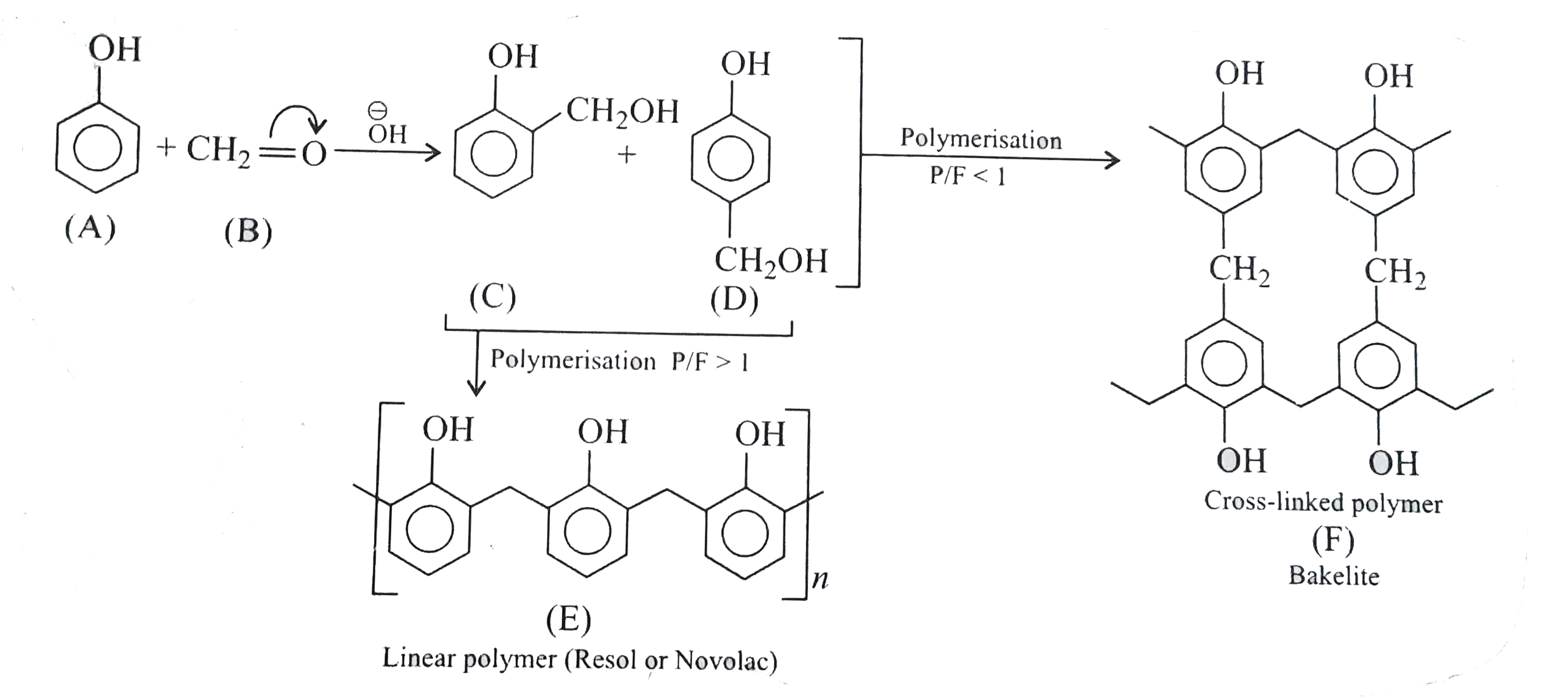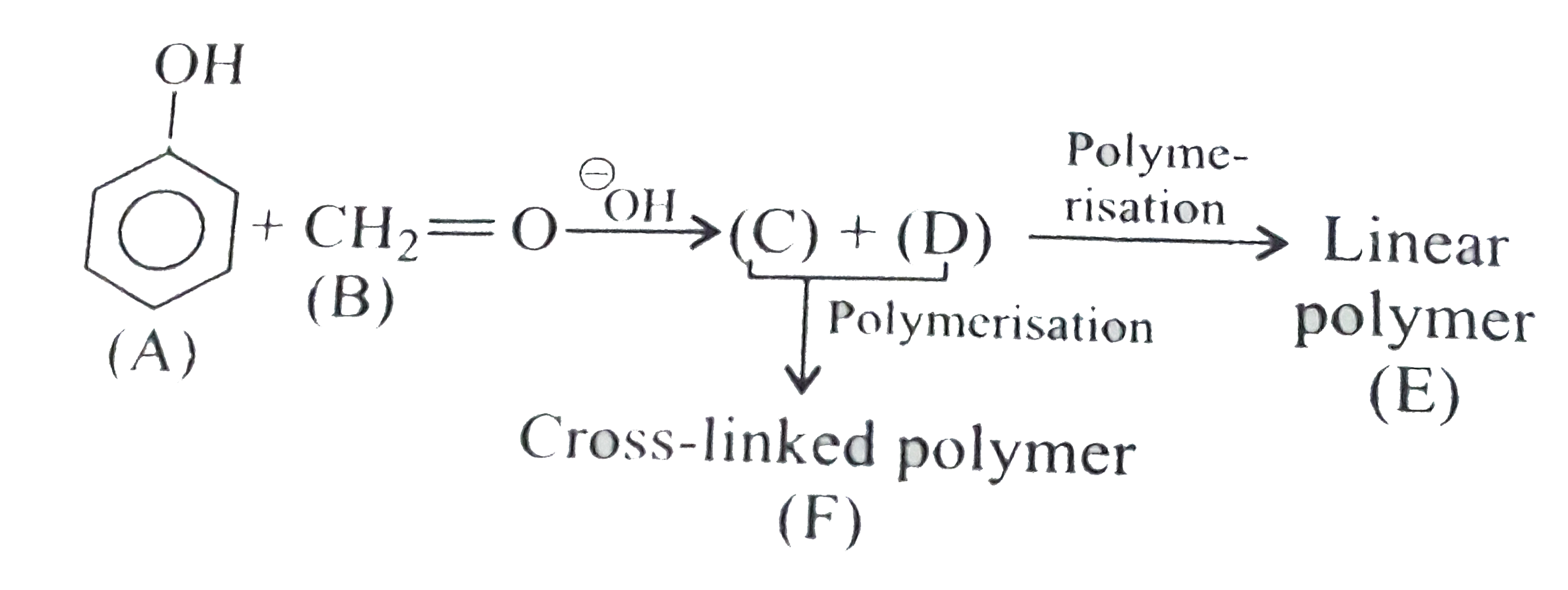
Compound (C ) and(D) are:

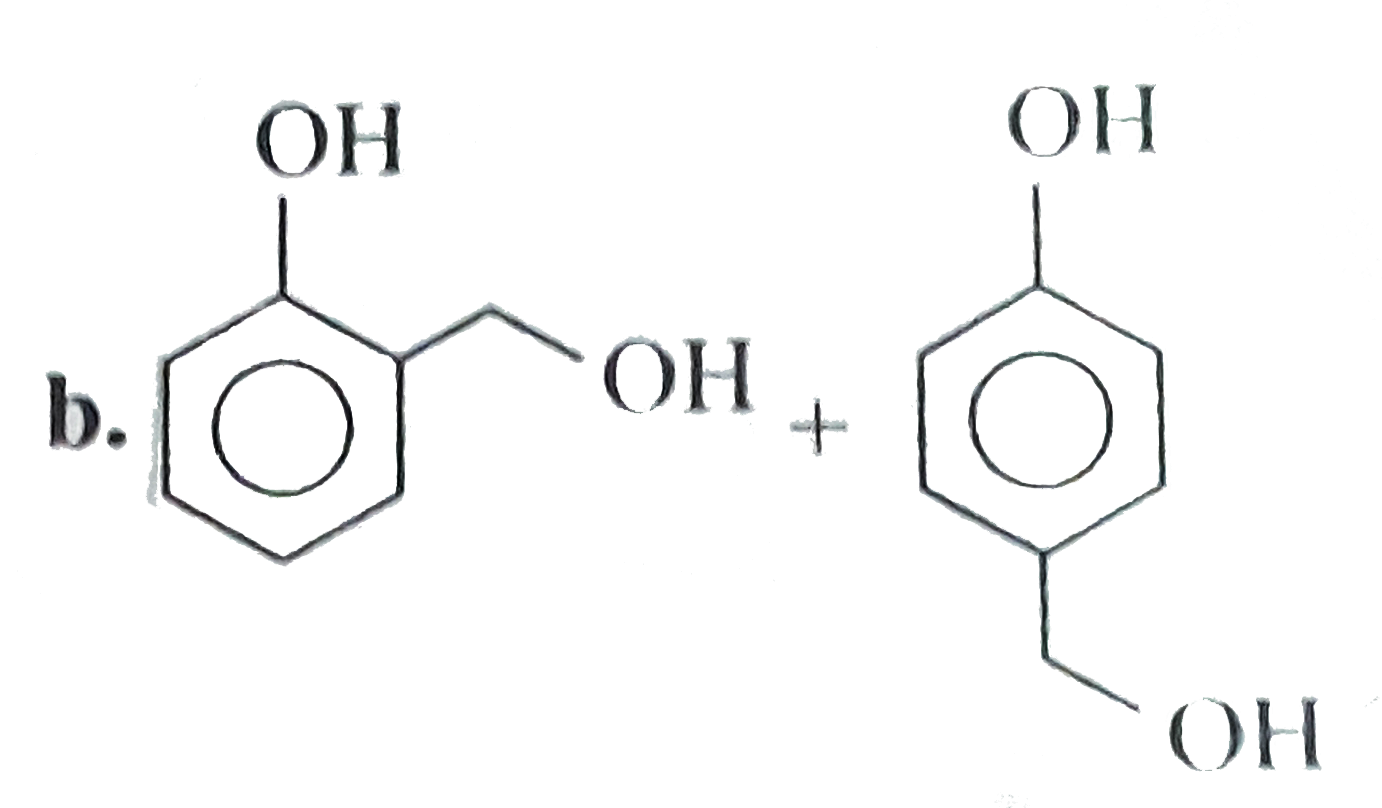
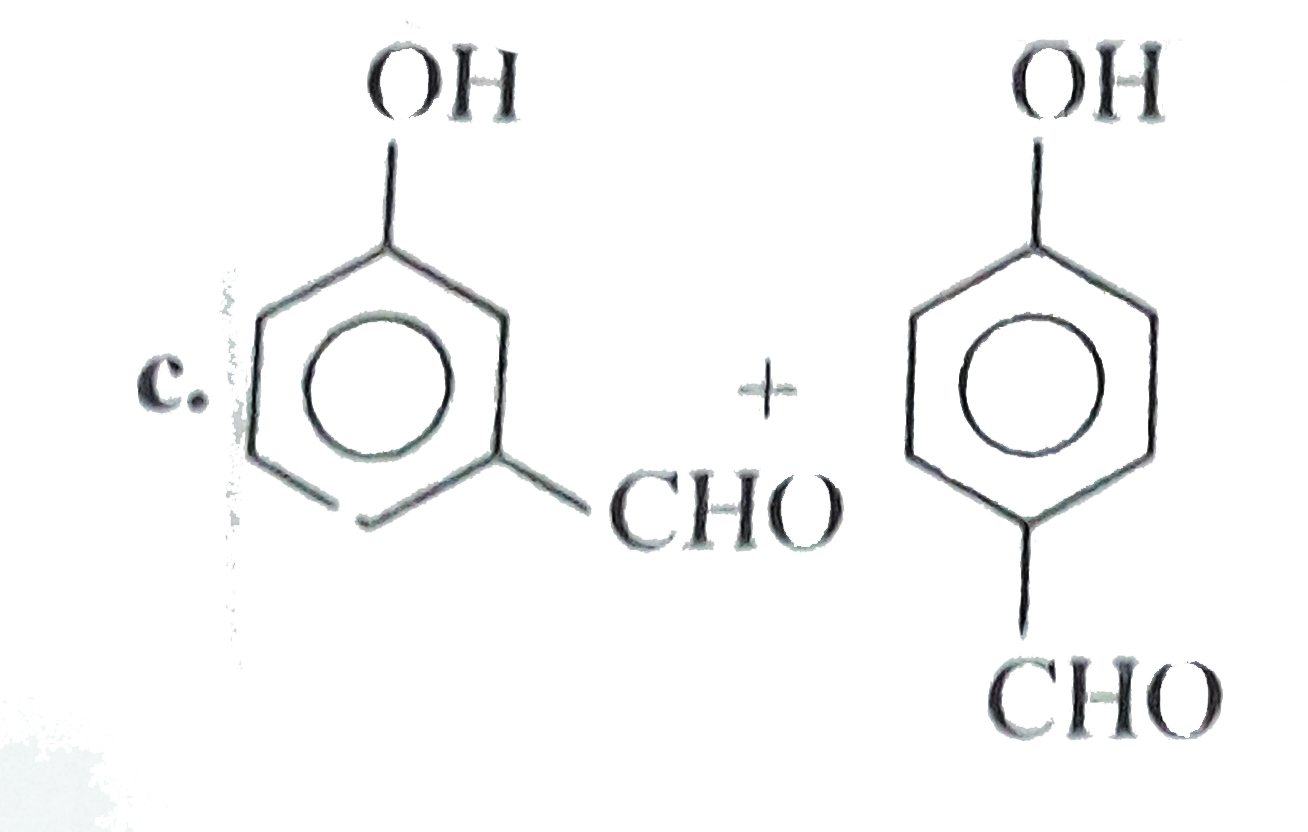
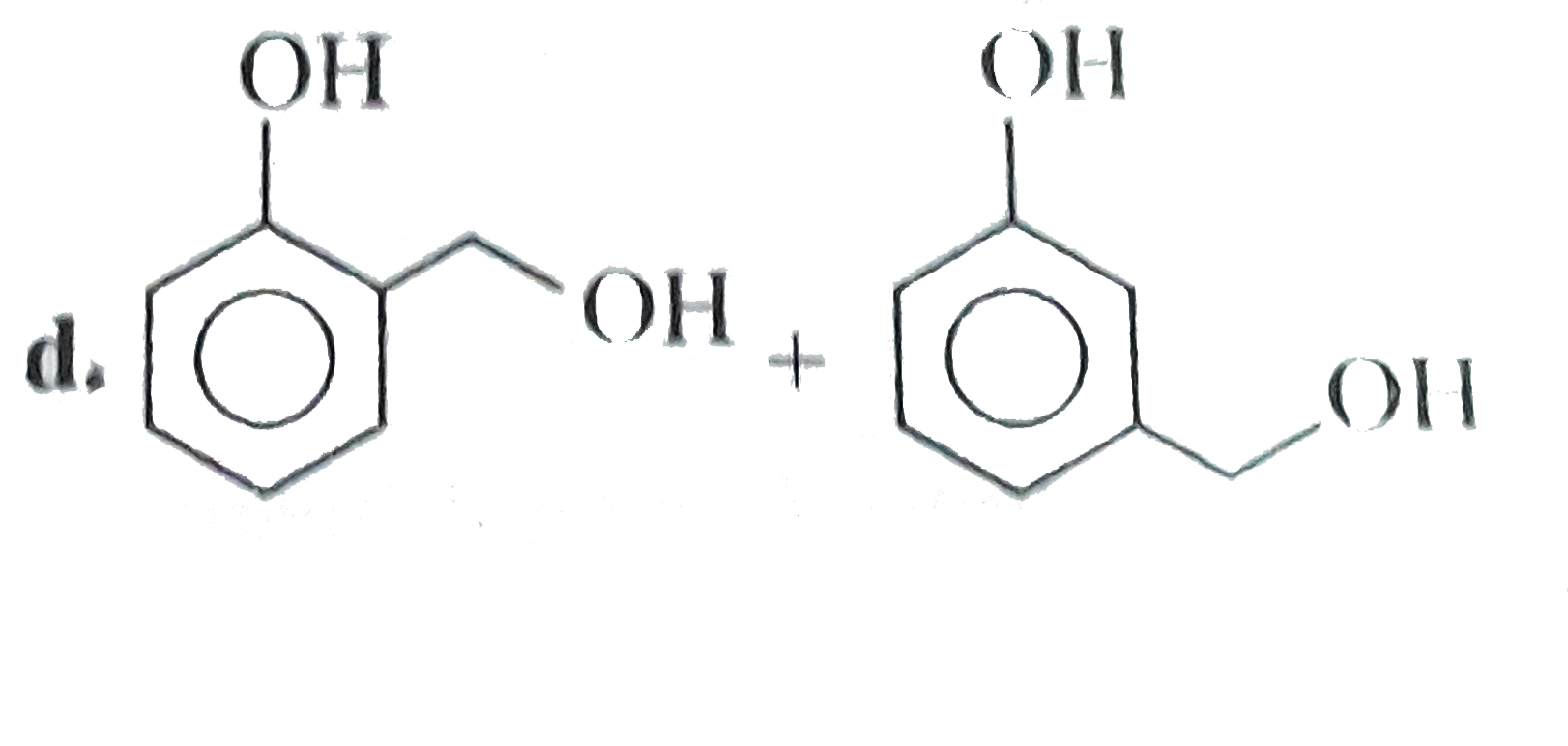
The correct Answer is:B
Topper's Solved these Questions
- SYNTHETIC AND NATURAL POLYMERSBOOK - CENGAGE CHEMISTRY ENGLISHCHAPTER - SYNTHETIC AND NATURAL POLYMERSEXERCISE - Exercises Multiple Correct
28 Videos
- SYNTHETIC AND NATURAL POLYMERSBOOK - CENGAGE CHEMISTRY ENGLISHCHAPTER - SYNTHETIC AND NATURAL POLYMERSEXERCISE - Exercises Single Correct
94 Videos
- SYNTHETIC AND NATURAL POLYMERSBOOK - CENGAGE CHEMISTRY ENGLISHCHAPTER - SYNTHETIC AND NATURAL POLYMERSEXERCISE - Exercises Concept Application
20 Videos
- SURFACE CHEMISTRYBOOK - CENGAGE CHEMISTRY ENGLISHCHAPTER - SURFACE CHEMISTRYEXERCISE - Archives Subjective
2 Videos
Similar Questions
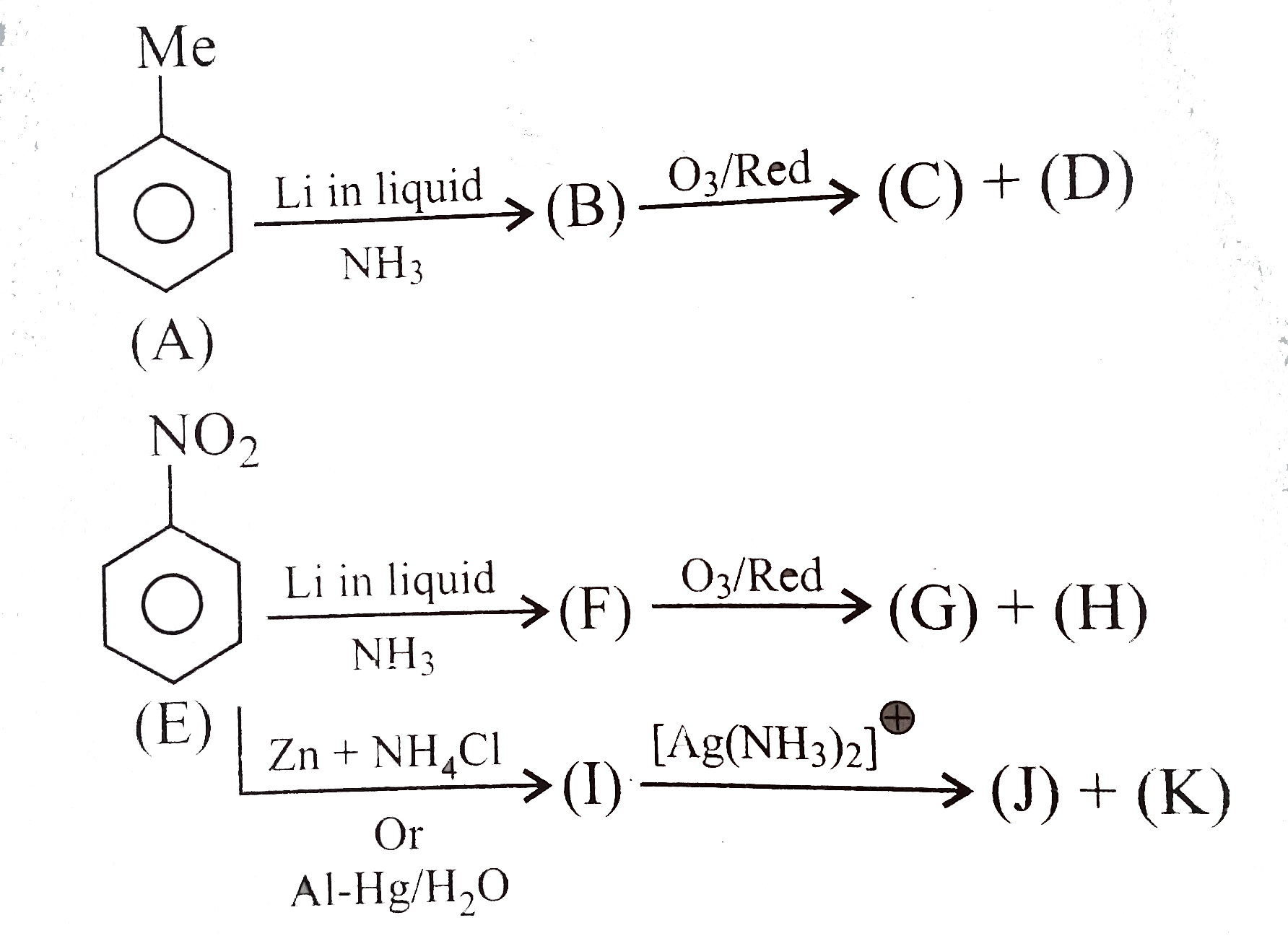
The compound (C ) and (D), respectively, are:
View Solution
Compounds (C) and (D) can be distinguished by :
View SolutionAn organic compound containing C, H and O gives following observations:
(i) It exists in two isomeric forms (A) and (B).
(ii) 0.108 g of one of the isomers on combustion gave 0.308 g of CO2 and 0.072 g of H2O
(iii) (A) is insoluble in NaOH and NaHCO3 while (B) is soluble in NaOH.
(iv) (A) reacts with Hl to give compound (C ) and (D). (C ) can be separated from (D) by ethanolic AgNO3 solution and (D) is soluble in NaOH.
(v) (B) readily reacts with bromine water to give compound (E) of molecular formula C7H5OBr3
Compound (B) in the above passage is
View SolutionAn organic compound containing C, H and O gives following observations:
(i) It exists in two isomeric forms (A) and (B).
(ii) 0.108 g of one of the isomers on combustion gave 0.308 g of CO2 and 0.072 g of H2O
(iii) (A) is insoluble in NaOH and NaHCO3 while (B) is soluble in NaOH.
(iv) (A) reacts with Hl to give compound (C ) and (D). (C ) can be separated from (D) by ethanolic AgNO3 solution and (D) is soluble in NaOH.
(v) (B) readily reacts with bromine water to give compound (E) of molecular formula C7H5OBr3
Compound (A) is
View SolutionAn organic compound containing C, H and O gives following observations:
(i) It exists in two isomeric forms (A) and (B).
(ii) 0.108 g of one of the isomers on combustion gave 0.308 g of CO2 and 0.072 g of H2O
(iii) (A) is insoluble in NaOH and NaHCO3 while (B) is soluble in NaOH.
(iv) (A) reacts with Hl to give compound (C ) and (D). (C ) can be separated from (D) by ethanolic AgNO3 solution and (D) is soluble in NaOH.
(v) (B) readily reacts with bromine water to give compound (E) of molecular formula C7H5OBr3
The empirical formula of (A) and (B) is
View SolutionAn aliphatic unsaturated hydrocarbon (A) when treated with HgSO4/H2SO4 yields a compound (B) having molecular formula C3H6O. (B) on oxidation with concentrated HNO3 gives two compounds ( C ) and (D). Compound (C ) when treated with PCl5 gives compound (E ). (E ) when reacts with ethanol gives a sweet smelling liquid (F). Compound (F) is also formed when (C ) reacts with ethanol in the presence of concentrated H2SO4.
(i) Identify the compound A, B, C, D, E and F.
(ii) Give the chemical equation for the reaction of ( C ) with chlorine in the presence of red phosphorus and name the reaction.
View SolutionAn organic compound containing C, H and O gives following observations:
(i) It exists in two isomeric forms (A) and (B).
(ii) 0.108 g of one of the isomers on combustion gave 0.308 g of CO2 and 0.072 g of H2O
(iii) (A) is insoluble in NaOH and NaHCO3 while (B) is soluble in NaOH.
(iv) (A) reacts with Hl to give compound (C ) and (D). (C ) can be separated from (D) by ethanolic AgNO3 solution and (D) is soluble in NaOH.
(v) (B) readily reacts with bromine water to give compound (E) of molecular formula C7H5OBr3
Compound (C)MoistAg2O−−−−−−→(P)PCC−−−−→CH2Cl2(Q)
The product (Q) is
View SolutionAn organic compound containing C, H and O gives following observations:
(i) It exists in two isomeric forms (A) and (B).
(ii) 0.108 g of one of the isomers on combustion gave 0.308 g of CO2 and 0.072 g of H2O
(iii) (A) is insoluble in NaOH and NaHCO3 while (B) is soluble in NaOH.
(iv) (A) reacts with Hl to give compound (C ) and (D). (C ) can be separated from (D) by ethanolic AgNO3 solution and (D) is soluble in NaOH.
(v) (B) readily reacts with bromine water to give compound (E) of molecular formula C7H5OBr3
Compound (D)underset((iii)HCl)underset(4-7" atm,"125K)overset((i)NaOH)overset((ii)CO_(2))rarr(X)overset(CH_(3)COCl)rarr(Y)
The product (Y) is
View Solution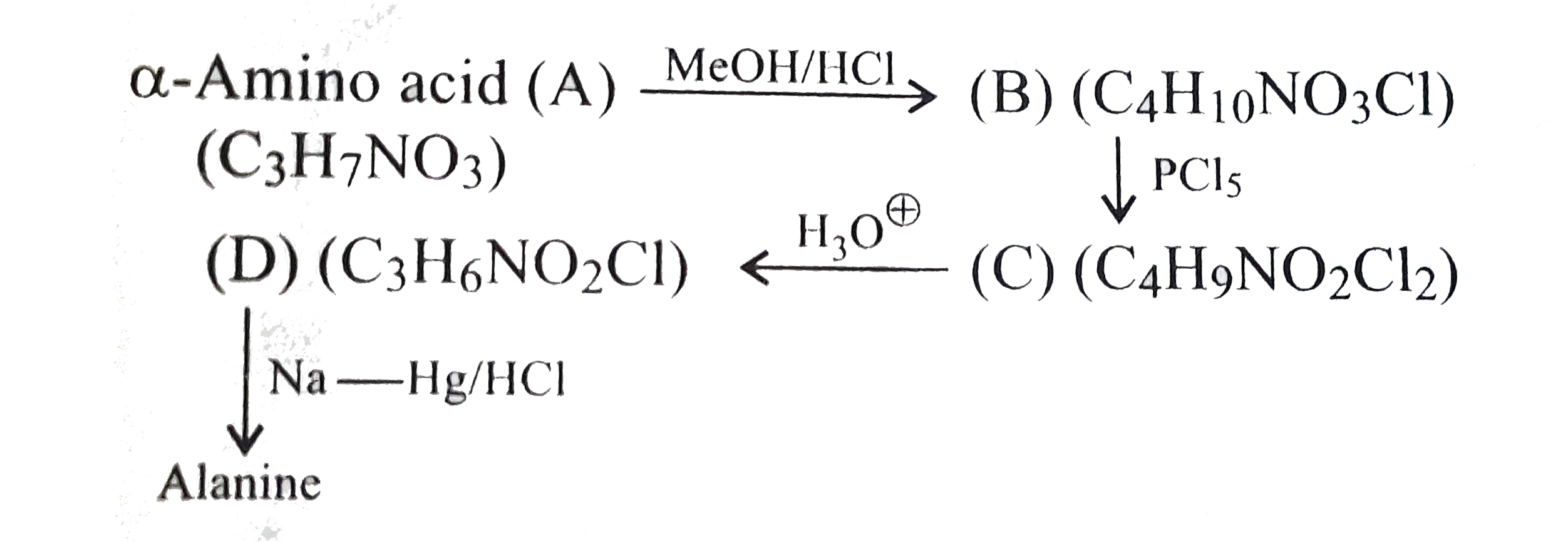
Compound (D) is:
View Solution
Compound (D) is:
View Solution

